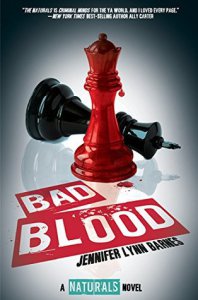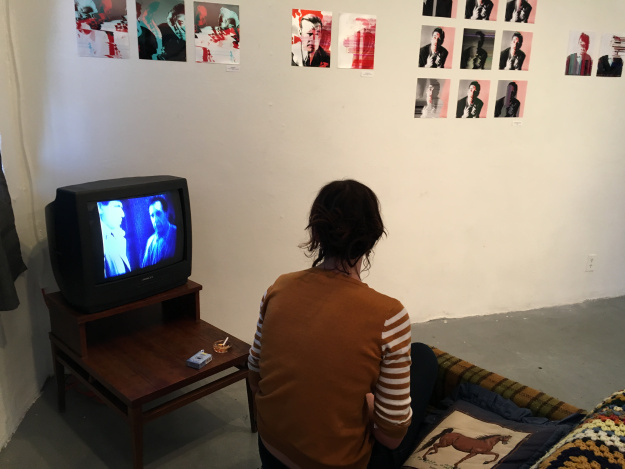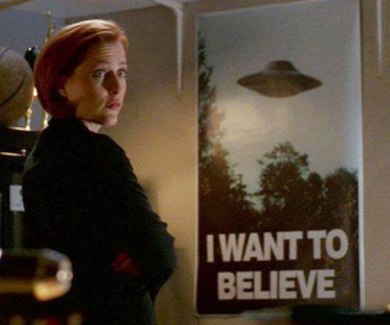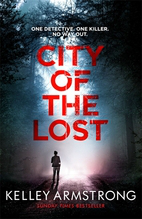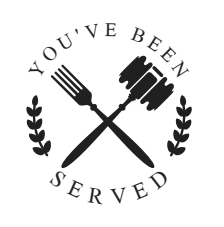 By John Pietruszka*
By John Pietruszka*
On Wednesday, October 26,, 2017, from 6pm to 9pm, the Brooklyn Law School Art Law Association and the Center for Art Law sponsored a screening of the documentary, The Rape of Europa, followed by a discussion lead by Dr. Anna Rubin, Director of Holocaust Claims Processing Office.
The film, based on the award-winning book of the same name by Lynn H. Nicolas, details the systemic plunder of art and cultural heritage in Europe during World War II and the attempt to recover the looted art in the aftermath. With respect to plunder, the documentary focuses primarily on the efforts by the Nazis to loot and destroy artistic works, many of which have yet to be recovered or returned to their proper heirs, but it also highlights the destruction of cultural property by the Allies during WWII, most notably the bombing of Monte Cassino. As to recovery, the documentary focuses on the Allies efforts at preserving and returning critical works of art and cultural heritage in the wake of the destruction wrought by the conflict, especially the Monuments’ Men. The film even touches on contemporary efforts, mainly by private organizations and individuals, to find and return countless works of art displaced by the devastation of the War. In particular, the film criticizes the Russian Federation (previously the USSR) for its continued refusal to return German cultural patrimony looted during WWII.
Following the film, Dr. Rubin, who directs the Holocaust Claims Processing Office (HCPO), pointed out the challenges and the successes of art restitution. Her office (a division of the NYS Department of Financial Services) has aided in the recovery of over 130 pieces of art from clients hailing from thirty-eight different countries. In recent years, she has been mainly involved with the Max Stern Art Restitution Project. As the name suggests, the project’s goal is to recover art pieces originally owned by Max Stern, a German gallery owner, who was forced to sell much of his collection under duress by the Nazis in 1937. Thus far, through the work of people like Dr. Rubin, over sixteen works of art have been found from Stern’s collection. Amazingly, three of these were found in the greater New York City area.
In the question and answer session that followed, students had many insightful queries about the legal difficulties of art restitution. Dr. Rubin acknowledge challenges of proving a chain of legal title for looted art held by a private institution or national gallery. Often without proper written documentation, much of which may have been lost or destroyed during the War or seventy years that has elapsed since the end of the War, a claim to recover a work of art will not succeed. Furthermore, other complications arise due to the variations in the substantive laws of different countries. For instance, while under U.S. law, a thief can never pass on good title, most European jurisdictions allow a good-faith purchaser to acquire legal title over a work of art. Additional complications can arise for certain mediums of art—such as lithographs. Due to the fragility of the medium and the multiple copies that are often made during printing, bringing a claim of legal title for a lithograph can be next to impossible, absent some exceptional documentation.
In conclusion, the evening amounted to an enlightening look into the history of art recovery and the continuing struggles that organizations like the HCPO and individual claimants face in trying to return cultural heritage to the rightful owners.
About the Author: John Pietruszka, is a 1L student at the Brooklyn Law School. He is a member of the Delegate Art Law Association.
Share this:- More
